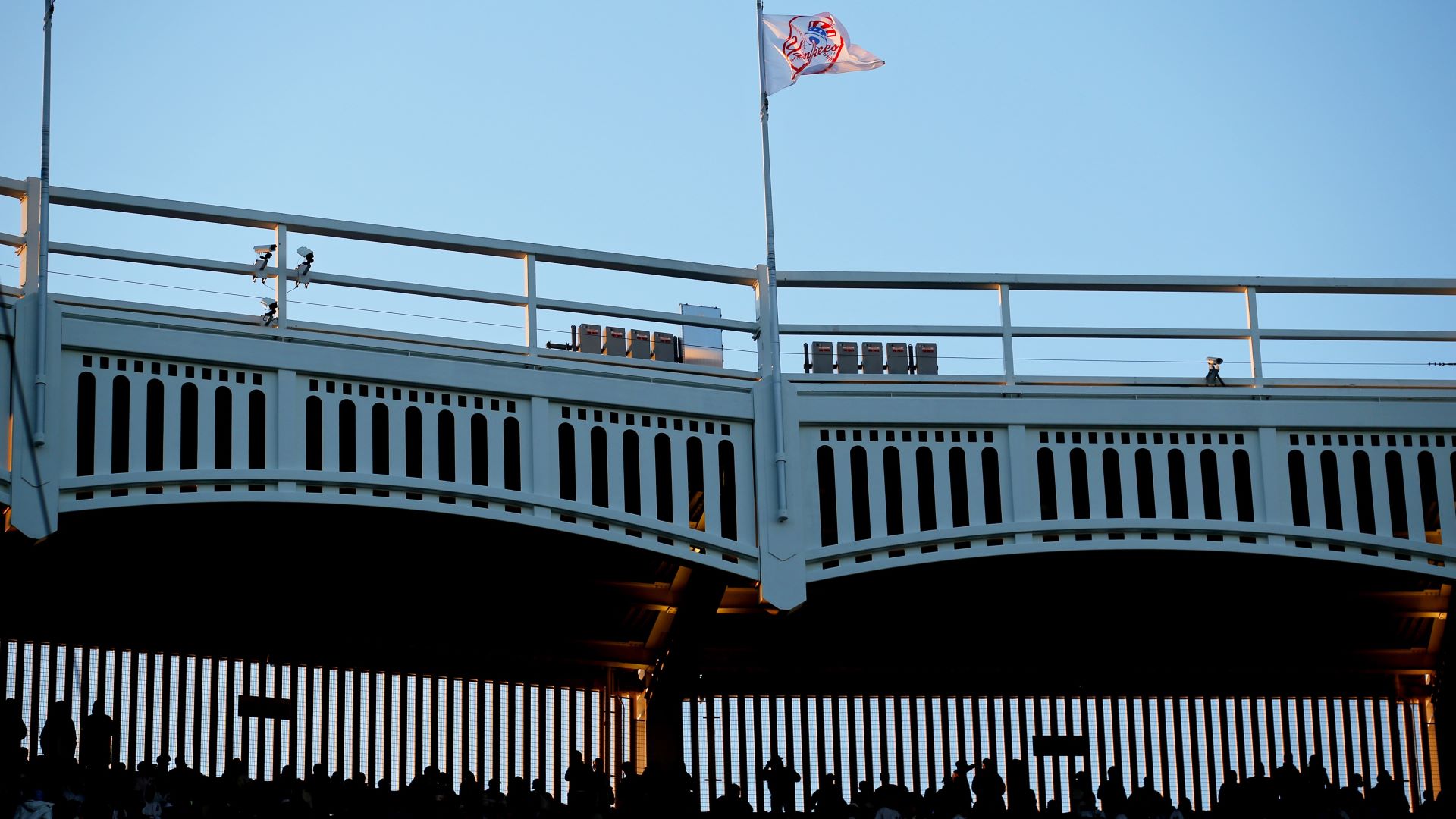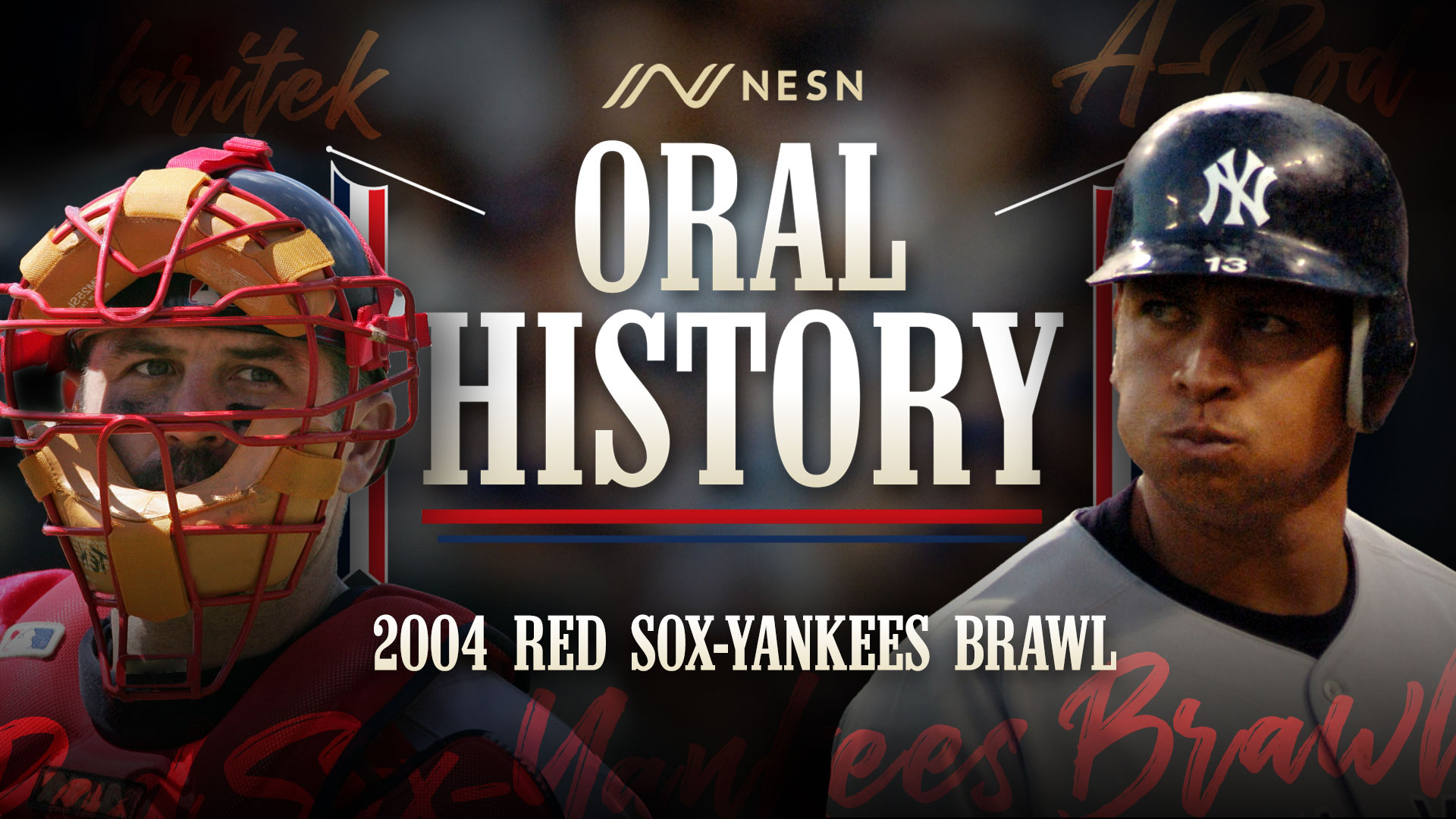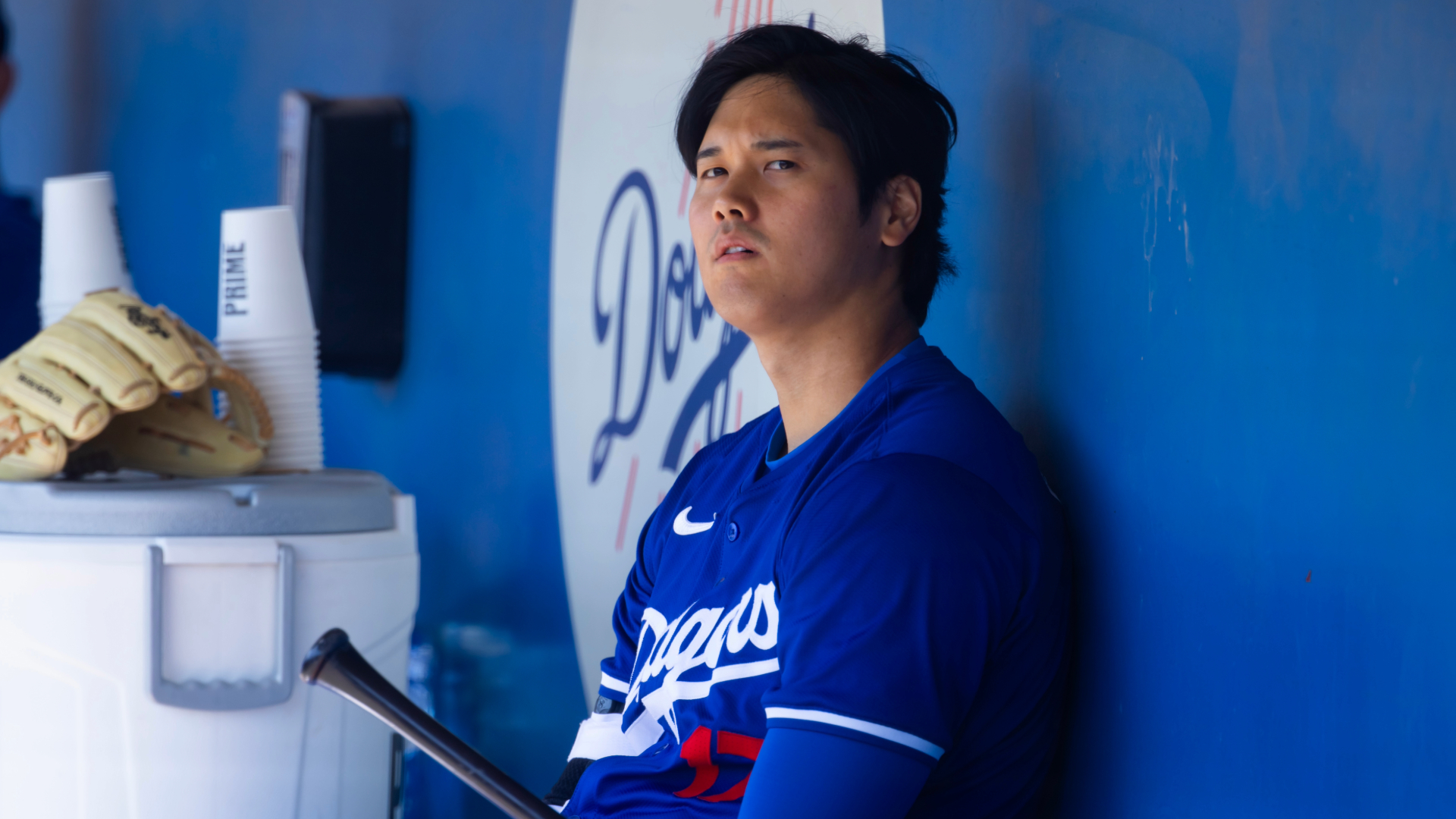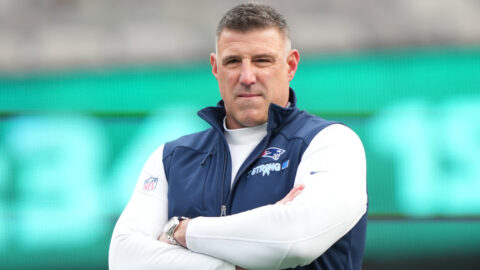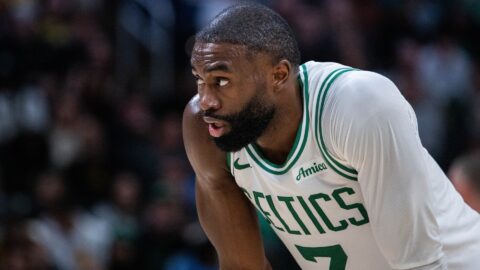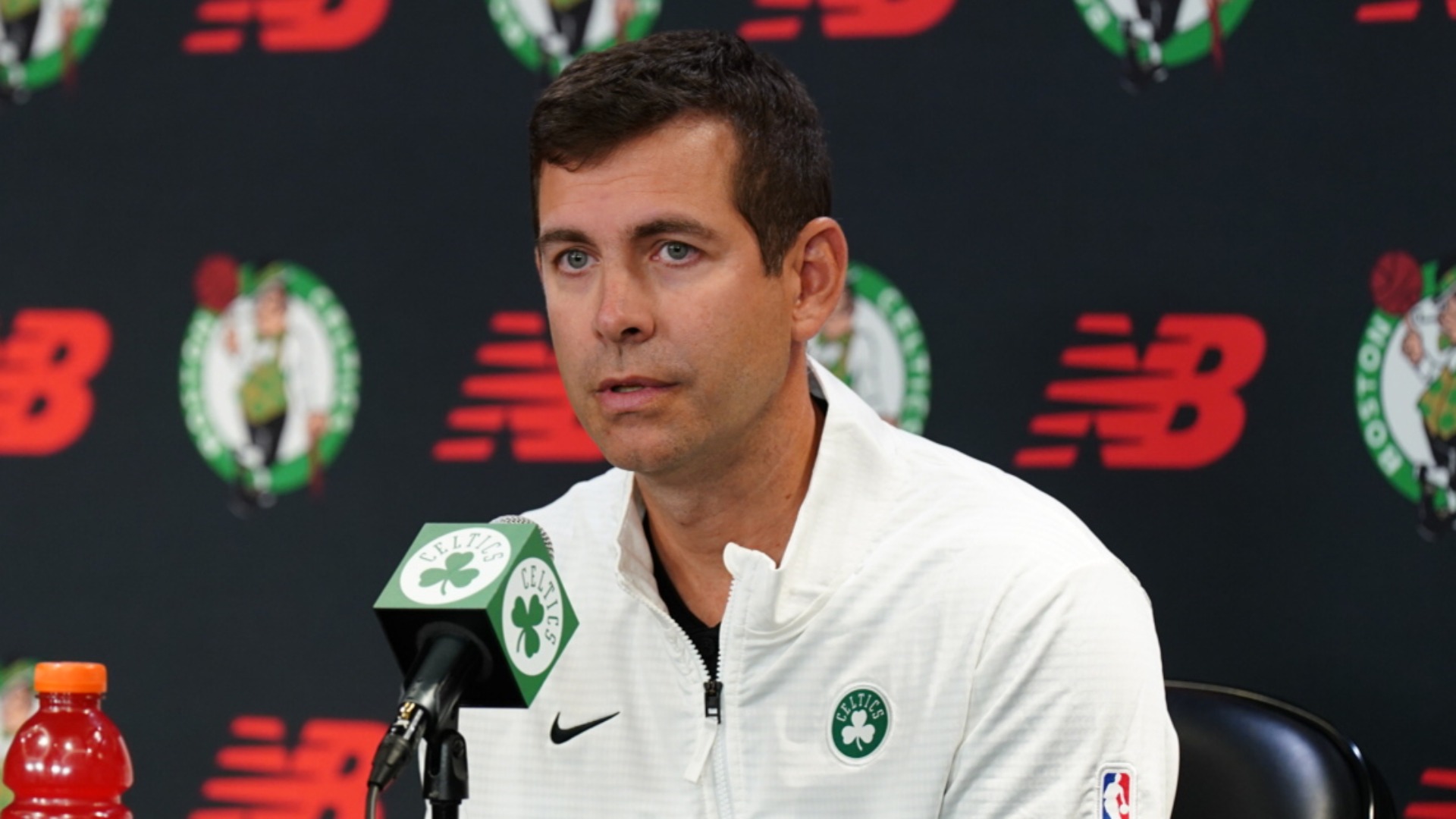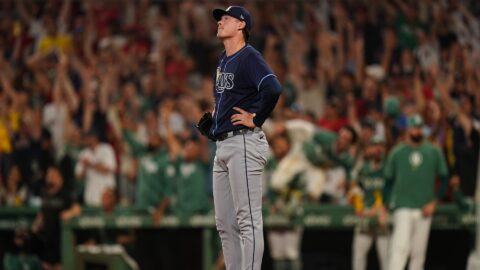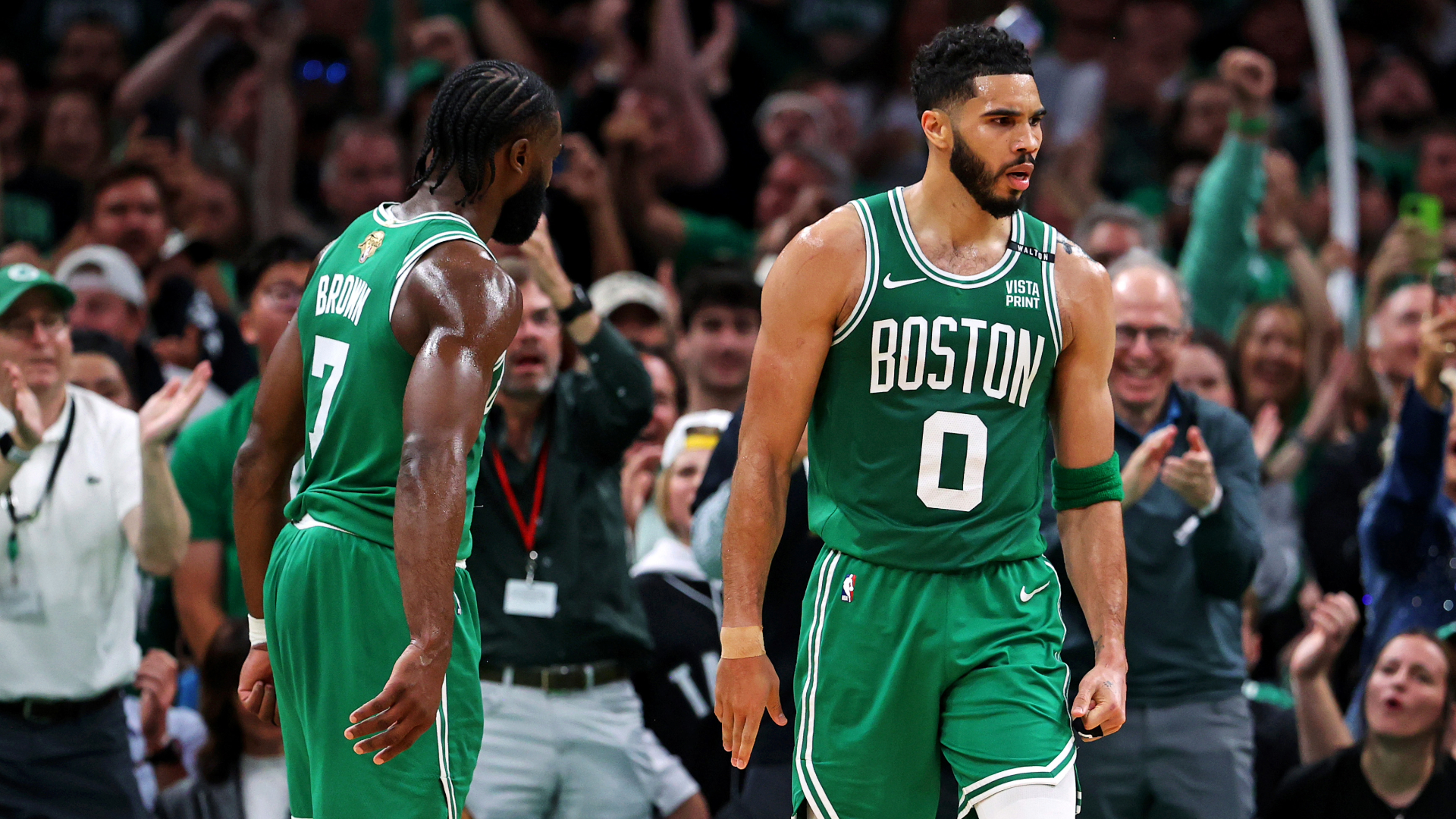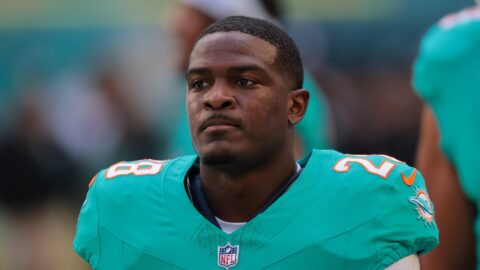2024 marks the 20th anniversary of the 2004 Boston Red Sox World Series championship team. Throughout the year, NESN.com will reflect on several key moments from that historic season.
Part 2: An eventful trade deadline on July 31, 2004.
The Red Sox played through the 2004 season with plenty of talent across the roster.
Stars such as Johnny Damon, Manny Ramirez and David Ortiz anchored the lineup. Curt Schilling and Pedro Martinez led from the front of the starting rotation. Important role players and capable relievers contributed to victory.
Story continues below advertisement
Boston had its ups and downs, but postseason baseball was always in the ballclub's vision. After the All-Star break, like all contenders usually do, the Red Sox identified areas of improvement that needed to be addressed for the team to end its 86-year championship drought and win the World Series.
That centered around securing the team's identity defensively. Boston could hit. Boston could pitch. What the Red Sox needed was better defense -- gloves that could help lock down games.
The Red Sox certainly pinpointed players that could help them achieve that goal. It just took trading a franchise icon to get them.
Story continues below advertisement
On July 31, 2004, Boston general manager Theo Epstein made the gut-wrenching decision to trade All-Star shortstop Nomar Garciaparra in order to add instrumental players to the roster.
Speaking exclusively with NESN.com 20 years later, former Red Sox infielder Doug Mientkiewicz and outfielder (and current Los Angeles Dodgers manager) Dave Roberts shared their accounts of the trade deadline. Additionally, shortstop Orlando Cabrera gave his memories while attending the 20th anniversary ceremony for the 2004 team at Boston's home opener at Fenway Park in April 2024. NESN's Tom Caron also added context to a memorable set of transactions.
Among several days that season that shaped the franchise, this day impacted the Red Sox like none other.
Story continues below advertisement
"Theo thought it out tremendously," Mientkiewicz assessed. "To make a move like that knowing what Nomar meant to the franchise. He felt in his heart that we had to shore that up. Low and behold, we became that team."
DEADLINE DAY
The Red Sox entered July 31 with a 56-45 record.
The team played .500 ball for three months but seemed to turn a corner after a dramatic comeback victory against the New York Yankees one week before.
Story continues below advertisement
Boston arrived at the Metrodome in Minnesota to continue a series against the Twins. Behind the scenes, in several cities across the country, players prepared for a new reality.
Just before the deadline, a multi-team deal came together with several moving parts.
That began with an important decision around Garciaparra. He had been the face of the franchise since his debut in 1996. To that point, the Red Sox shortstop played with greatness for years in Boston.
Story continues below advertisement
He emerged to win Rookie of the Year. He consistently received MVP votes. He became a fan favorite. He made five All-Star appearances. He stepped up in the postseason. When the Red Sox came to mind in this era, so did Garciaparra.
The 2004 season, however, told a different story. The then-recently turned 31-year-old battled injuries and just could not consistently find his way back onto the field for the Red Sox. He could not help his team as he once did. That opened the door for a franchise-altering move.
"There was the game weeks before in New York where he never played," Caron recalled. "(Derek) Jeter dove into the seats. I remember we came on the postgame show like, 'Wow, this is really getting bad, right?' ... It was hard to believe Nomar, who they began the season offering him a four-year contract. It's what we all thought. He thought they'd be negotiating. When he didn't take it, they walked away. How did it ever get to this?"
Story continues below advertisement
In a complex deal, the Red Sox sent Garciaparra to the Chicago Cubs. Caron recalled a scenario that -- given how close to the trade deadline the deal was finalized -- players were not informed immediately and even believed they survived the deadline.
Caron added that he witnessed this all unfold from a vacation day on Cape Cod, adding to the suspense of the moment in watching from a distance.
Back in Minnesota, Cabrera came to the Red Sox from the Montreal Expos. Mientkiewicz joined the Sox when the Twins traded him to the Cubs, who traded him to Boston.
That's a lot of movement for a player who only sat in the Metrodome's opposite clubhouse that day.
Mientkiewicz had an eventful leadup to that deadline while battling injuries and hoping to stay with his team. In previous games, he was inserted into lineup so that the Twins proved he could play, which created a bit of a riff with Minnesota manager Ron Gardenhire.
"I wanted to spend my career with one organization," Mientkiewicz said. "I thought that was something. I felt like I liked where I was. I appreciated where I was. Then, you go back and Gardy was just trying to do what's best for me. I didn't see it that way. I see it now. I didn't see it at the time."
The then-Minnesota first baseman actually believed he had survived the deadline. Instead, a different path laid ahead.
"I'll never forget sitting at my locker, the deadline had come and gone," Mientkiewicz remembered. "An hour went by. I was in the middle of talking to the press about how me and Gardy can make this work. 'We're both professionals. I'll make this work. I love these guys.' Then, I got tapped on the shoulder."
With the news he was going to Boston, an encounter from just the night before came to mind.
"Nomar came up to me on Friday night and said, 'Hey, I heard we might be teammates soon,' " Mientkiewicz recalled. "I was like, 'That would be awesome.' Obviously to play with him amongst the talent that was there. I felt like, from afar, I fit in pretty well there."
Caron recalled a recent story from former Red Sox outfielder Johnny Damon that several of those players had spent time during the series on a boat together in Minnesota.
They did end up in the same clubhouse. Only it came with Garciaparra exiting as Mientkiewicz entered.
"I walk into the Red Sox clubhouse, see Nomar packing his bag and reality hit," Mientkiewicz said. " ... I understood what Nomar meant to that region, the fans, the franchise. I knew what he meant to that area. I was kind of in shock."
Elsewhere, Cabrera came to the Red Sox with big shoes to fill. Right away, the high-energy infielder brought a spark to Boston's roster.
"They welcomed me, right?" Cabrera told reporters. "It helped a lot that I hit a home run in my first at-bat. They were awesome. They welcomed me. They opened their arms. They gave me a lot of confidence."
Cabrera made an impact with his bat, but the Red Sox ultimately acquired him for his defense. That improvement was felt immediately.
"(With) Orlando, you could have put a net over there," Mientkiewicz recalled. "He could hit a Solo cup right in the middle with every throw. This is really easy over here. Not only were we good defenders; we were good players. Not only being good players; we knew our role. It gave us depth in everything we did."
"They let me be me, which is what I wanted," Cabrera added. "Sometimes in Montreal for six years, I had to keep it down a little bit. Coming here and being on this team, they let me be me. That's what you saw in there. That was just me trying to play baseball, have fun and win."
Another deal before the deadline brought Roberts to the Red Sox from the Dodgers. Like others that day, the speedy outfielder did not see such a big change coming.
"I think for me, I wasn't expecting anything," Roberts said. "You hear rumblings, but it's always kind of hearsay. I remember leaving San Diego on a first-place team with the Dodgers and I was at home. The deadline had passed. I think it was 1 p.m. local time. I remember my wife was eight months pregnant. We were like, 'Well, we dodged it.' A couple of minutes after the deadline, I got a call that I got traded to the Red Sox. I was very disappointed and upset because I liked where I was at. The team, the guys, being on the West Coast."
Like Mientkiewicz, Roberts wasn't initially thrilled to be leaving a team that brought him comfort. So, in this case, Roberts took a different course of action before departing for the Red Sox.
"The funny thing is I was supposed to meet the team in Minnesota that night," Roberts remembered. "As I was driving to the airport, I was like, 'This is just too quick.' There might have been a potential accident that did or did not happen. I called (Red Sox traveling secretary) Jack McCormick and said that I wasn't going to be able to make my flight. I didn't make the flight. It just gave me a chance to kind of spend the evening with my wife and figure out the plan for her travel with the baby and talk to her doctor. So, I flew out the next day and met the team in Tampa."
Eventually, all three players joined the team, and with the help of teammates like Martinez and Ortiz, the new acquisitions quickly blended in with a unique Red Sox clubhouse.
"Walking into that clubhouse, the personalities and the team, they made me feel welcome," Mientkiewicz said. "They welcomed me with open arms. Me, Dave and Orlando fit in seamlessly."
Caron recalled how quickly the trio of acquisitions assimilated into the Red Sox culture upon arriving back in Boston.
"We used to have players come up (to studio)," Caron recalled. "Dave Roberts came up for a postgame show in mid-August. Jim Rice and I were doing the show. We went to commercial break and literally Roberts hung around for another 10 minutes asking Jim about playing the wall."
Caron continued: "Mientkiewicz was so good defensively. Cabrera was just such a spark of energy for the team. You had felt it right away. ... They made these moves. All of the sudden, it took a couple weeks. A couple of weeks, they were still stumbling. Then, they really took off over the last six weeks."
From there, the Red Sox found a new gear. Boston went 21-7 in August and fought its way to 98 wins and a playoff berth.
Roberts provided speed and a boost to the outfield (.772 OPS) with Trot Nixon missing time due to injury. Cabrera flashed the glove at shortstop and had plenty of fun doing so. He also swung the bat when it mattered, hitting .294 with six homers for the Red Sox. Mientkiewicz locked down first base defensively behind Kevin Millar.
All three acquisitions did their job that season as the Red Sox won the 2004 World Series. That included memorable moments in the playoffs. (More on that in October.)
"It's the classic -- the sum was more important than the individual parts,'" Caron said. "There wasn't one guy who did that. Roberts getting the steal. Mientkiewicz adding a little defense at first base, especially late in games. Cabrera giving them a little more athleticism and range at shortstop. Those three things came together and really made a huge difference on the team."
It took an emotional move, with a franchise legend landing elsewhere at the trade deadline, but Red Sox history changed forever because of it.
Featured image via NESN
